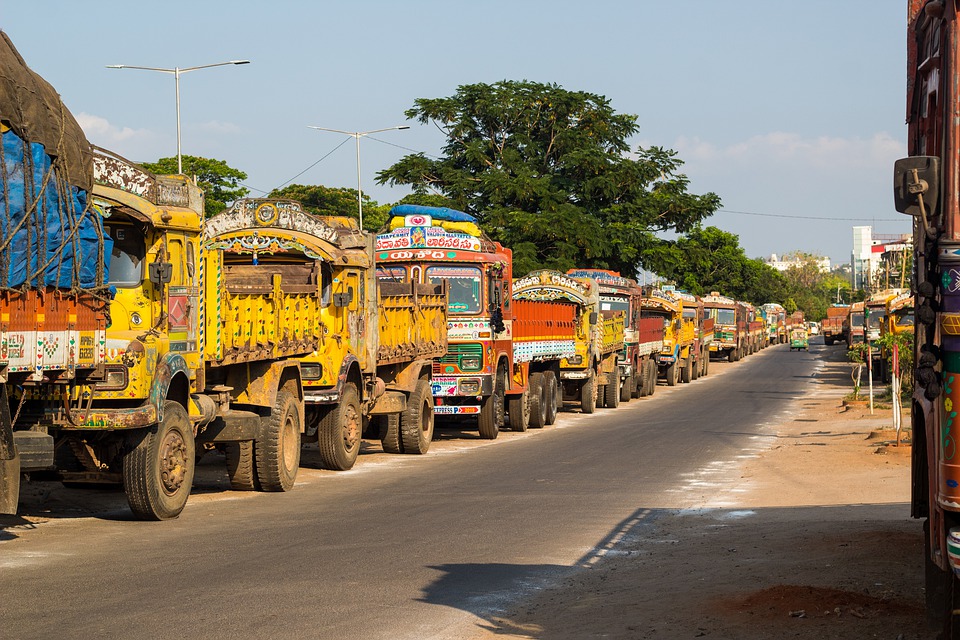The central bank of India, RBI, has been on an approval spree for quite some time. Apart from approving substantial cuts in repo rates, RBI has also given the nod for setting up of new varieties of banks, ‘Small Banks’ and ‘Payments Banks.’ The former category can operate as regular commercial banks, albeit at a small scale like catering only to a particular niche region.
The latter, however, are an interesting concept since it is a breakaway from conventional banking procedures. A payments bank cannot indulge in lending activities like sanctioning loans or providing credit card to its customers. This means that the bank will earn revenue from limited tasks that it will be allowed to perform, including facilitating financial transactions (transfers and remittances) among its customers and providing services like ATM cards, debit cards, forex cards, net-banking, and mobile-banking. Payments bank can operate both current and saving accounts and accept deposits up to INR 1 lakh, shelling out interest on the same.
Airtel payments bank was set up in January 2017, and it raised many eyebrows when the entity invited deposits at a whopping 7.25 percent interest rate for depositors. Then came the India Post payments bank that started operations in January 2017 and plans to open 650 branches by September 2017.
Next in the queue and one that is being looked upon with high hopes is the Paytm payments bank. Paytm has been providing personal wallet services to users since long and company’s foray into the institutionalized and regulated banking space will up its st anding among other start-up peers like Freecharge and MobiKwik.
As mentioned earlier, these payments banks will have to survive by generating revenue through sources other than the differential between the interest rate paid to depositors and the one charged from borrowers of loans or credit card holders. Amidst the survival challenge that lies in front of the newly propagated payments bank, there are immense opportunities and benefits as well.
One advantage for sure is zero non-performing assets in payments banks since NPAs occur only when borrowers default on their interest/ principal repayments. While the Indian banking l andscape is straddled with bad loans and resultant dip in the profits of public as well as private banks, payments banks can steer clear of such mishaps. Another clear advantage for payments bank is to take at least the minimal financial services to the remote areas of the country and cater extensively to small businesses and low-income households. Uneconomical and infeasible for traditional banks to open branches in every village, payments bank based on the digital platform can be the torch bearer taking low-cost services to the inner parts of the country and at the same time assisting India’s move towards a cashless economy. This provides the payments bank an opportunity to capture the enormous unbanked market of India.
On the other h and, challenges are many. By inviting new deposits at a rate of interest as high as 7.25 per cent, Airtel has upped its stakes manifold. Even fixed deposits in banks today are not able to provide such lucrative return to depositors, let alone the savings accounts. Will Airtel and other new Payments Banks be able to sustain for long owing to restrictions on extending loans, and with an offer of such high rate of interest to depositors is a wait and watch game for market analysts. Probably, payments bank will have to balance the cost not with the revenue in the form of higher transaction cost but instead by offering competitive pricing and multiple benefits to target the masses.
In the meantime, it is the RBI and the Finance Ministry that needs to mull a plan that prevents these new entities from treading the same path as scheduled commercial banks of India. Financial inclusion of the until now unbanked Indians is assured with new Payments Banks, by adding viability to their operations, the entire model can be a promising revolution in the Indian banking space.


























